3 out of 4 people will access the internet using a mobile phone by the end of 2016. That equates to 2.5 billion people worldwide and is expected to grow by 86% by 2020. If you need more stats read the comprehensive research performed by eMarketer.
As devices continue to become more advanced, mobile trends and methods available to advertise follow suit. We certainly haven’t abandoned desktop searches, but we continue hearing more about the world of search being “mobile first.” So let’s quickly take a look at where we are spending our time…
Average Daily Device Usage
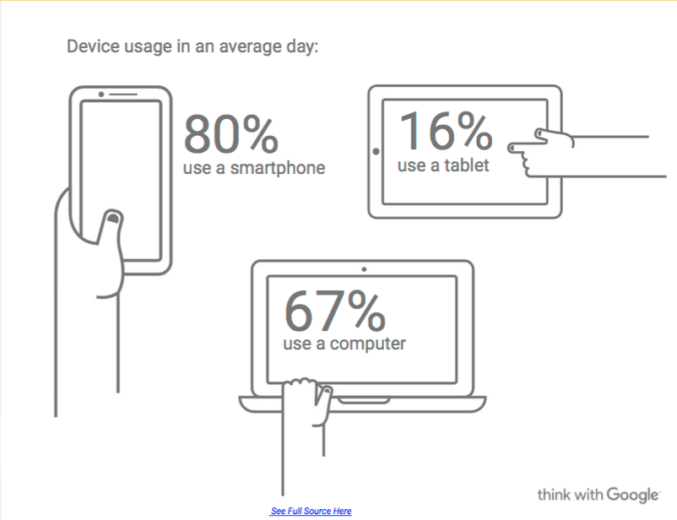
Mobile And Display Usage
Smartphones and tablets combined make up a large percentage of where we spend our time daily. Additional research performed by eMarketer shows both mobile usage and digital consumption side by side. This backs up budget allocation trends in the digital space and fuels future projections.
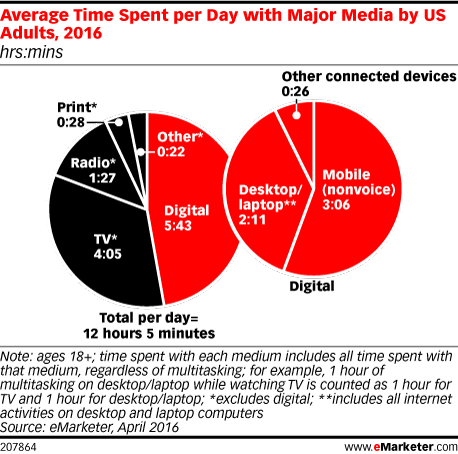
There is a large amount of untapped opportunity in the digital format on mobile devices. Recently, Facebook was transparent with advertisers stating, “… it will reach maximum News Feed ad load in mid-2017.” This has led the social giant, as well as others to research additional ways to maximize ad revenue in the mobile space.
Mobile Display Types
The Internet Advertising Bureau houses a comprehensive list of digital ad types. We scoured their pages to find the most common types that aren’t so common.
- Rich Media – This type of ad often contains some sort of interactivity. This could include social media aspects, video, and imagery and can be served in the following formats:
- Expandable
- Retractable
- Pop-ups
- Floating interactive
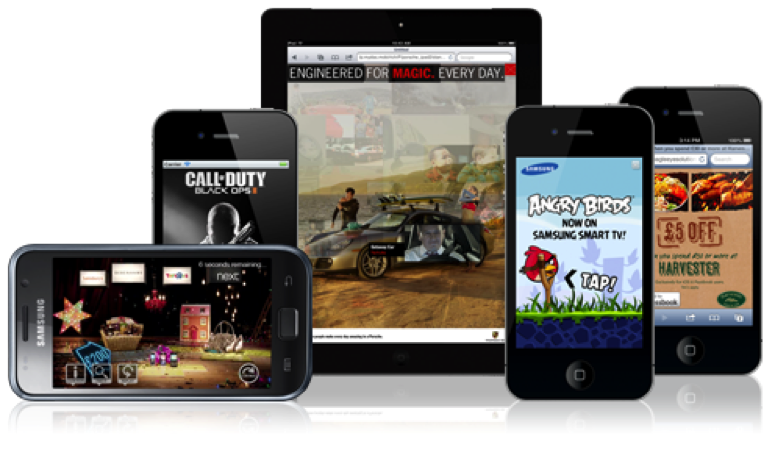
Image Source: MobileAds.com
- Video Ads – Included in the Rich Media format, but expanded upon can include several different styles and formats.
- Pre/Post-roll
- In video ads
- Silent video

Image Source: Facebook.com
- Native Ads – Defined by the way the ad naturally flows with the user experience. The most common example of this format would be an ad served in the Facebook newsfeed, but there are several less widespread tactics that are considered native.
- In-feed
- Atomic unit
- Custom core content
- Recommended widgets
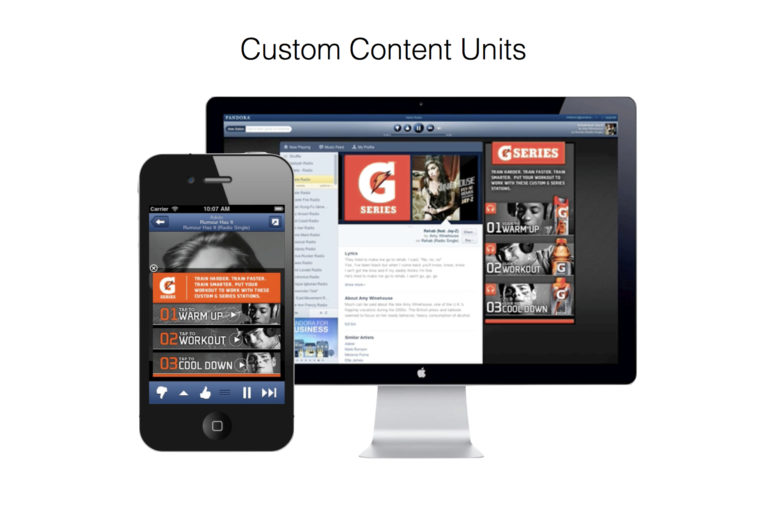
Image Source: Sharethrough.com
- Apps Advertising – In-app advertising is the most common format of advertising in the app space. As mentioned previously, messaging applications, such as Snapchat, Whatsapp and soon Facebook Messenger, are integrating advertising into their messaging systems.
- Messaging
- In-app marketing
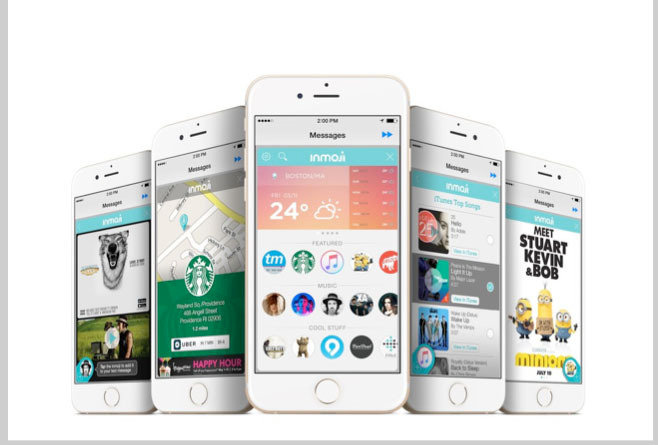
Image Source: New York Times
- New Media Experiences – This is a bucket that the IAB (Internet Advertising Bureau) has created for the newest formats of advertising on the internet that don’t fit into a typical category. The formats listed below are expected to grow in popularity by the end of 2017 and include:
- Emoji targeting
- Vertical video
- 360 Imaging/Video
- Virtual reality ads
- Augmented reality
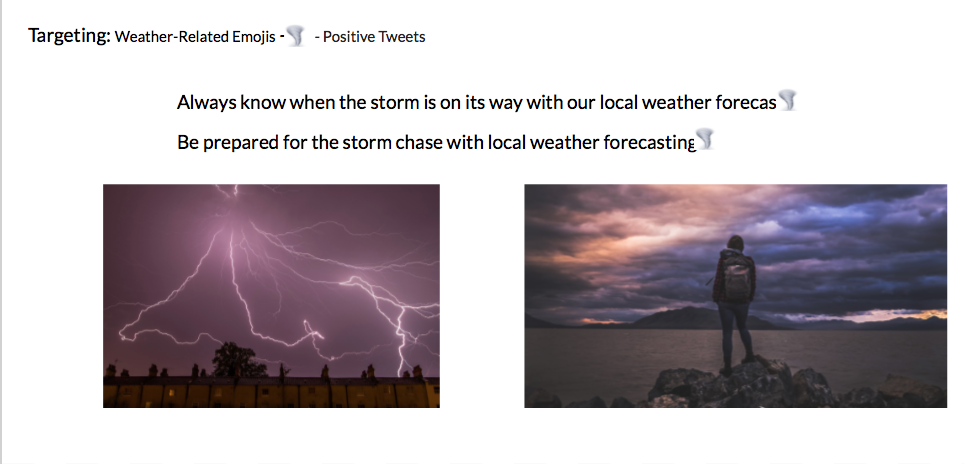
Mobile Is The Future
Whether it is a touch point in the process or where the conversion takes place, the mobile space is evolving. This evolution includes the individuals willing to consume ads in this space. Going into 2017, consider how your brand could leverage mobile display, strategically select a format, and allocate a portion of your budget to test this space.



